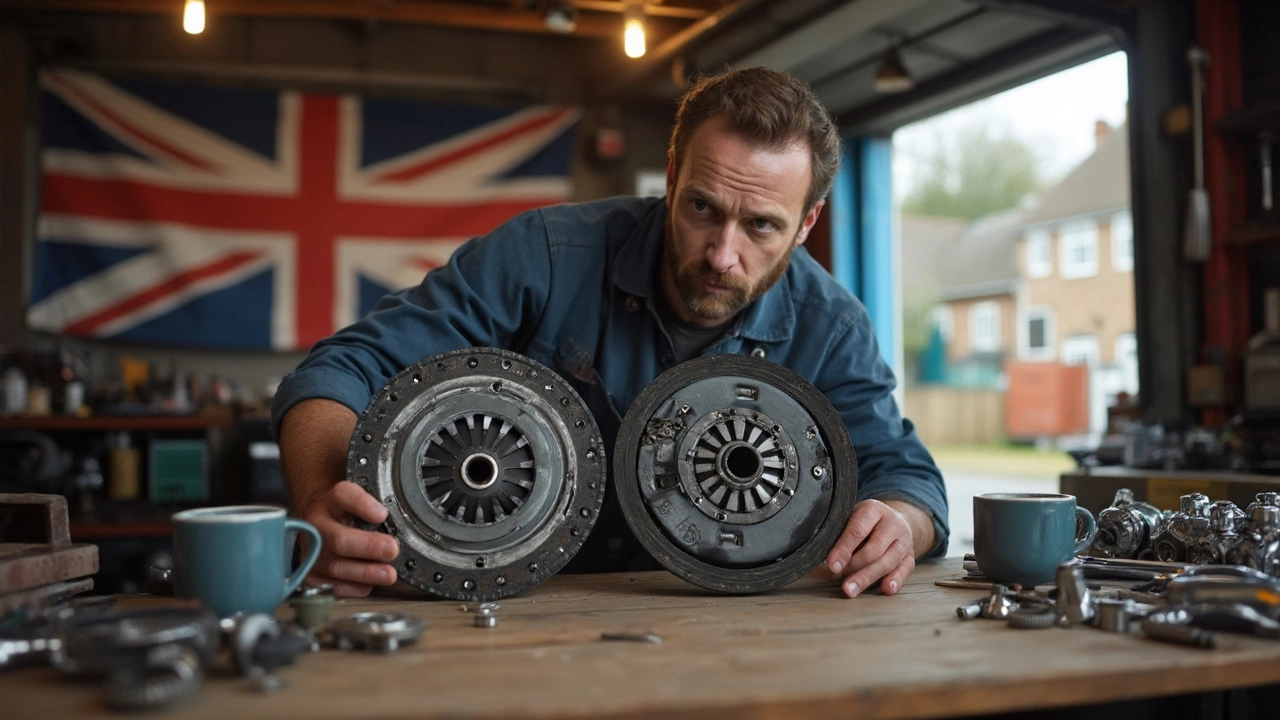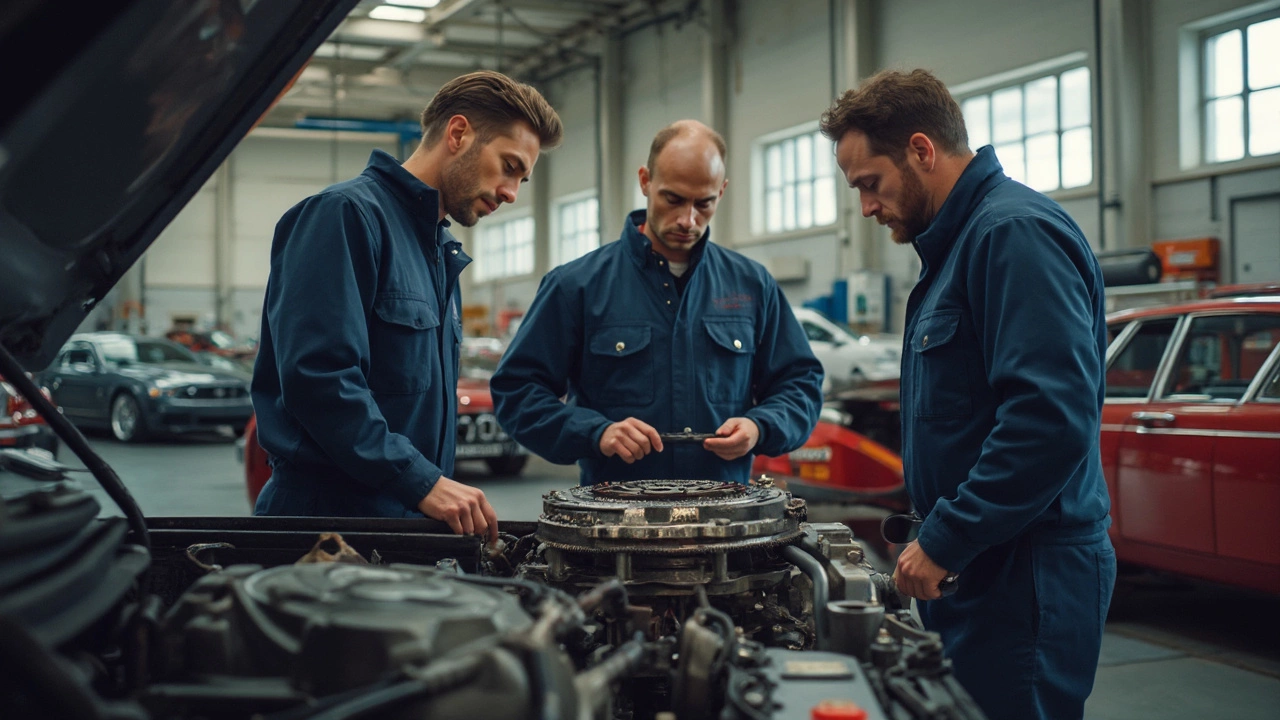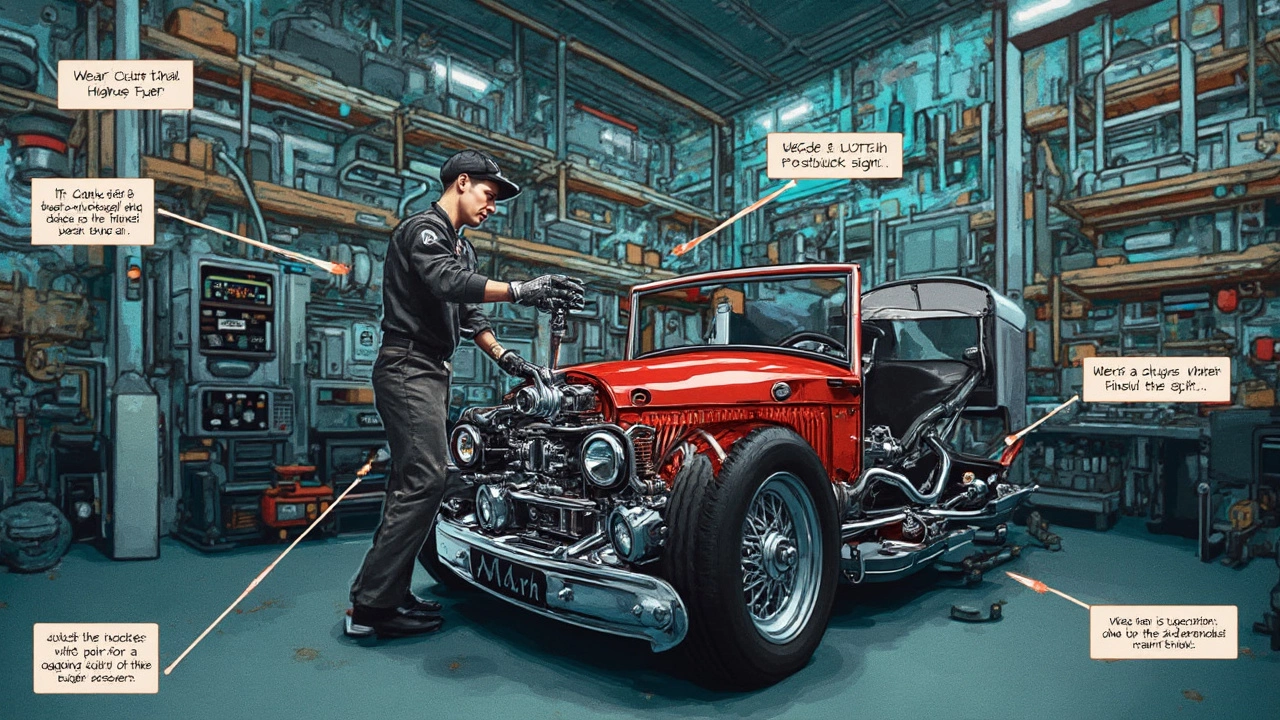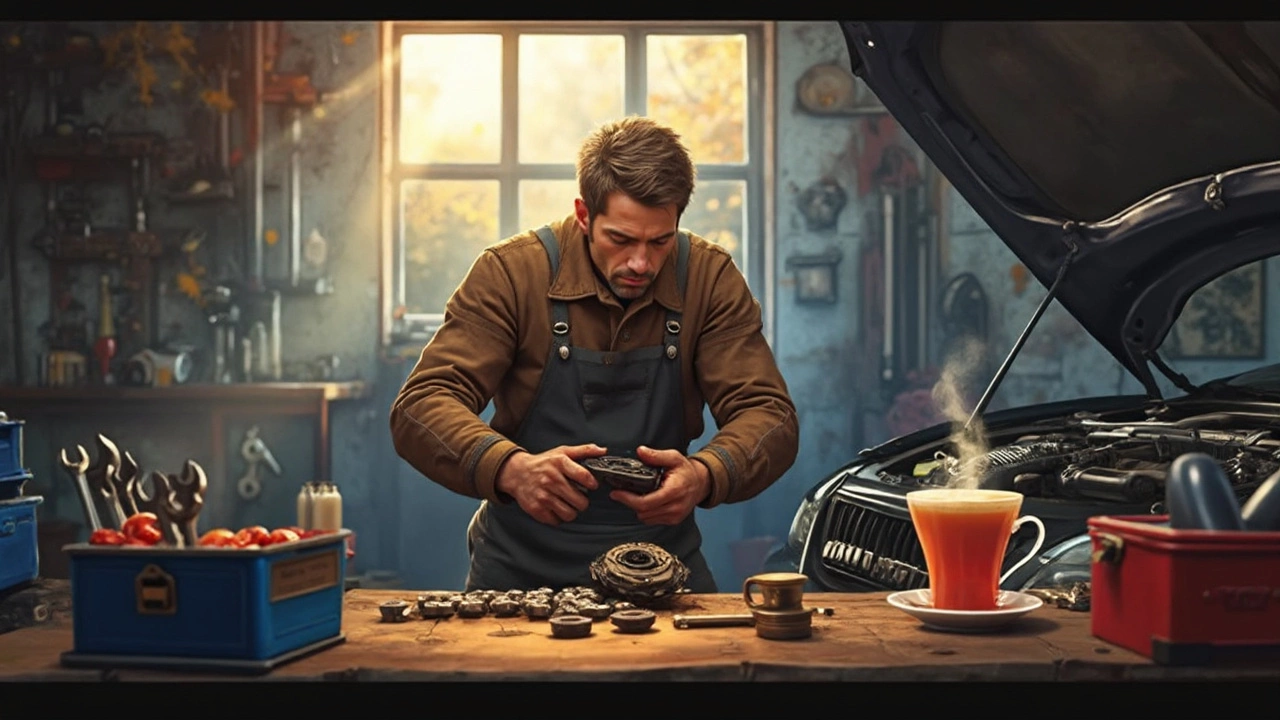Clutch Kits: Everything You Need to Know
When working with clutch kits, a bundled set of parts that lets a manual transmission engage and disengage power smoothly. Also known as clutch assemblies, they are the heart of any stick‑shift vehicle and determine how comfortably you can shift gears. Understanding what a clutch kit does, when it should be swapped and how much it really costs saves you time, money and unexpected breakdowns.
Key Parts Inside a Clutch Kit
A typical kit brings together three core components. The clutch disc, the friction surface that actually transfers engine torque to the transmission sits between the engine and the gearbox. Pressing it against the flywheel is the pressure plate, a spring‑loaded clutch that holds the disc in place when you’re not shifting. Finally, the release bearing, the bearing that lets the clutch disengage when you press the pedal slides along the pressure plate’s input side. Clutch kits encompass these three parts, require proper installation tools, and influence the overall feel of your gearbox. If any of these pieces wear unevenly, the whole kit needs replacing to keep shifting crisp.
Wear patterns show up as slipping, a high‑pitched squeal, or a hard‑to‑press pedal. Those symptoms are direct signals of clutch degradation and help you gauge the clutch lifespan – typically 60‑100k miles for everyday drivers, but it can drop dramatically with aggressive launching or heavy towing. Regular checks of the disc’s friction material, the pressure plate’s spring tension and the release bearing’s smoothness can push the life of a kit toward the upper end of that range. Monitoring these factors also lets you plan the clutch replacement cost more accurately, whether you’re eyeing a budget DIY job or a professional shop service.
When it’s time to replace, you’ll face a few choices: swap the old kit for a direct‑fit OEM set, upgrade to a performance‑oriented package, or replace only the most worn parts. Each route has its own cost profile and impact on vehicle performance. A full‑kit swap guarantees component compatibility and often extends the next service interval, while a parts‑only approach can save money but may introduce mismatched wear rates. Whichever path you take, proper bleeding of the hydraulic system and correct torque settings are non‑negotiable – skipping them can lead to premature failure and higher long‑term expenses. Below you’ll find guides that walk you through spotting clutch wear, estimating mileage limits, budgeting for a new kit and even performing a DIY replacement if you’re comfortable with basic automotive tools.

Stage 1 Clutch: What It Is and Why It Matters for Your Ride
Jun 3 2025 / Transmission PartsWondering what a stage 1 clutch actually does for your car? This article breaks down what 'stage 1' means, how it's different from stock clutches, and who should consider upgrading. We'll cover real-life tips, facts, and even help you figure out if a stage 1 kit is right for your driving style. No jargon, just straight-up info. Learn how a simple upgrade can make your manual transmission more fun and reliable.
VIEW MORE
Clutch Replacement Labor Hours: What Really Goes Into the Job
May 25 2025 / Transmission PartsWondering how many labor hours go into replacing a clutch? This guide breaks down what to expect for different vehicles, why replacement times can vary, and how you can save money on labor. Get real numbers, practical tips, and the inside scoop from the shop. Take the guesswork out of budgeting for your clutch job.
VIEW MORE
Clutch Replacement Labor Hours: What to Expect
May 25 2025 / Transmission PartsThinking about replacing your clutch but worried about labor hours? This article breaks down how long it actually takes, what affects the timeline, and real-world tips to help you save time and money. We'll cover what to expect whether you’re heading to a professional or tackling the job yourself. You’ll also get a sense of why some cars take longer than others and how to avoid common mistakes. Perfect for anyone budgeting repair costs or planning a DIY weekend.
VIEW MORE
Does Riding the Clutch Boost Your Gas Mileage?
Apr 1 2025 / Transmission PartsWondering if riding the clutch can actually help you save on gas? The truth might surprise you. Instead of boosting your gas mileage, it could lead to more harm than good by wearing out your clutch parts sooner. In this read, we'll uncover what happens when you ride the clutch—diving into its impact on your car's fuel efficiency and lifespan. Plus, you'll find some handy tips to keep your clutch lasting longer while saving gas.
VIEW MORE
How Hard is it to Replace a Clutch?
Mar 19 2025 / Transmission PartsReplacing a clutch might seem daunting, but with the right tools and knowledge, it's a task many car owners can handle. Understand the signs of a failing clutch, the necessary tools, and step-by-step guidance on how to replace it. Explore tips for successful replacement and consider when professional help might be a smarter choice. This article breaks down the process in simple terms, helping you save money and gain confidence in car maintenance.
VIEW MORE